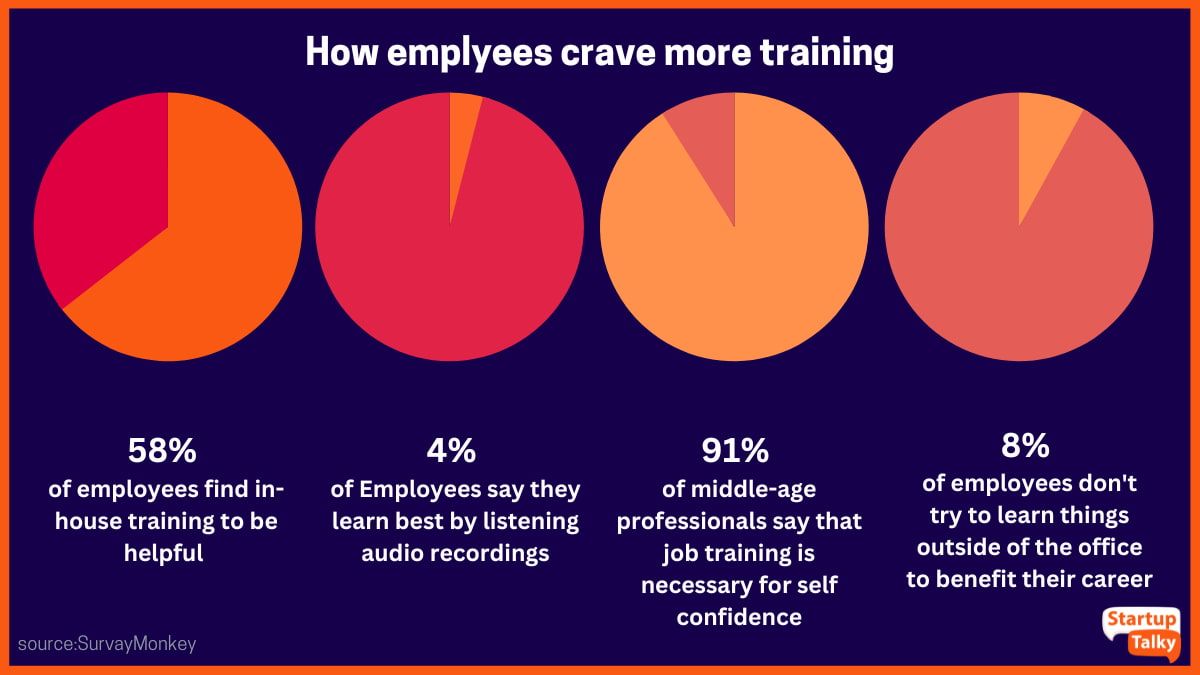Building Positive Relationships at Work - By Mr. Ratish Pandey, Founder of Ethique Advisory
✍️ Opinions
This article has been contributed by Mr. Ratish Pandey, Founder of Ethique Advisory.
As companies look to navigate the post-pandemic operating environment, one thing is clear: Relationship building gets the front seat. The Covid-19 pandemic completely upended the traditional work environment bringing in a new norm of remote/hybrid jobs.
This new paradigm, like any other, has its pros and cons. On the one hand, remote working allows for better work-life balance and reduced travel stress. On the other hand, it does not bode well for building work relationships or a commitment to the organization, making retention a challenge.
The traditional employee annual turnover of 17-18% has shot up to 30-40% in the new normal. Employees cite a lack of motivation, engagement, and collaborative opportunities in the work environment as the reasons for quitting.
So what can companies do to foster workplace relationships and build positivity at work in the new normal of remote/ hybrid working? Let's take a look.
Why are Positive Relationships at Workplace important?
How does an Organisation Build a Positive Work Environment?
Why are Positive Relationships at Workplace important?
Creating a high-performance work environment involves several moving parts, but a team with positive relationships is perhaps the most crucial influence on productivity, collaboration, and excellence.
Increased productivity
The impact of positive relationships cannot be understated.
It spans the relationships between colleagues, supervisors, and leaders.
Developing positive relationships at the workplace is the bedrock of employee engagement. It can lead to a 41% reduction in absenteeism and a 17% increase in productivity. When employees feel comfortable and supported, they are more likely to communicate openly by asking for help and offering assistance when needed. Employees feel a stronger sense of ownership, driving higher employee engagement, which is something that modern work environments are finding difficult to tackle.
Reduced Attrition
A recent Gallup report showed that only 36% of employees were actively engaged in the workplace, costing businesses between $450 and $500 billion each year.
Creating a positive work environment that nurtures strong relationships at the workplace improves retention, as employees feel happy and accomplished. A recent survey reinforced the point, as strongly motivated and engaged employees were 87% less likely to leave their place of work than those who were not motivated.
Builds a progressive culture
Another benefit of positive relationships in the workplace is that it helps create a progressive culture that focuses on quality and excellence. When employees feel supported in the workplace, they take on more ownership.
Employees are more likely to move out of their comfort zone, extend themselves, try new things and innovate, leading to faster progress, better collaboration, more efficiency across the organization, and ultimately high-quality output.
For a high-performing workplace, positive relationships are the guru mantra. By fostering positive relationships, companies can create a more engaged, motivated, and productive team, which can help drive business growth & success.
How does an Organisation Build a Positive Work Environment?
Here are a few well-trodden steps that can help an organization create an environment to develop positive work relationships. -
Encourage Open Communication - an element that is more critical than before as now all team members may not be at the same location. All team members should be heard and encouraged to share ideas and provide feedback to one another. To create the habit and make it a part of the culture initially, one may need to formalize the timing for the team members to connect and discuss.
Another step to encourage open communication and collaboration is implementing an open-door policy. Open-door policy refers to the freedom provided to team members to approach anyone across the organization for help and advice and not tow the hierarchy line.
Finally, creating opportunities for team members to work together on projects helps build relationships and encourages collaboration. For the initiative to succeed, clear roles and responsibilities need to be assigned to each team member. In the absence of such projects, team-building activities can help build team dynamics.

Support Employees Through Training
Living in a world where change is a way of life, skilling and reskilling is the ask. Investing in employees to help them stay relevant in their roles and grow as individuals and at work is no longer an option but a mandate for organizations.
Apart from imparting technical & soft skills to staff, one key element that most organizations miss that employees need is mentoring. In the current scenario of remote and hybrid workplaces, mentoring has gained importance. It helps provide guidance, support, and advice to employees as they tackle daily challenges and navigate their growth in the organization as they work to develop their skills and abilities. A survey reveals 93% of employees said that well-planned training programs positively impacted their level of engagement. Supporting employees through these programs is a no-brainer.

Appreciation and Recognition
Adopting a culture of constructive feedback goes a long way in creating a positive environment. It helps employees feel appreciated for their contributions while understanding their areas to improve and grow. Organizations can also provide opportunities for employees to share their successes and accomplishments with the rest of the team by creating a platform to share their successes with the broader organization. A survey found that less than half (45%) of employees said they received recognition from their employers, so companies must create an environment where employees feel that their efforts are praised and recognized.
Building an Inclusive and Respectful Workplace
Policies and practices that support diversity and inclusion training on unconscious bias, cultural sensitivity, and clear communication about organizational expectations are some tools for creating an inclusive and respectful workplace. It needs to be supported by clear communication about the organization's expectations.
Invest in Employee Well-Being
Organizations need to help employees manage their work-life balance and reduce stress. One way to invest in employee well-being is by offering flexible work arrangements, such as allowing employees to work from home or have flexible hours. Another way to invest in employee well-being is by providing access to counselling services, support groups, or wellness programs.
Conclusion
Positive relationships at work is the key to employee productivity which translates to the growth and success of the company.
Hence, Organizations need to take a cognitive approach to take actions required to build a culture & environment that fosters positive & productive work relationships, nurtures collaboration, improves morale, and reduces attrition.
Must have tools for startups - Recommended by StartupTalky
- Convert Visitors into Leads- SeizeLead
- Website Builder SquareSpace
- Manage your business Smoothly Google Business Suite






